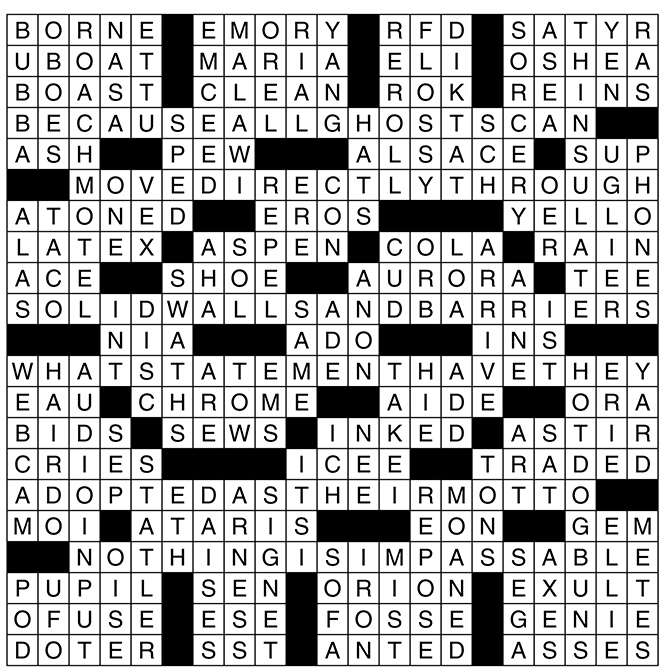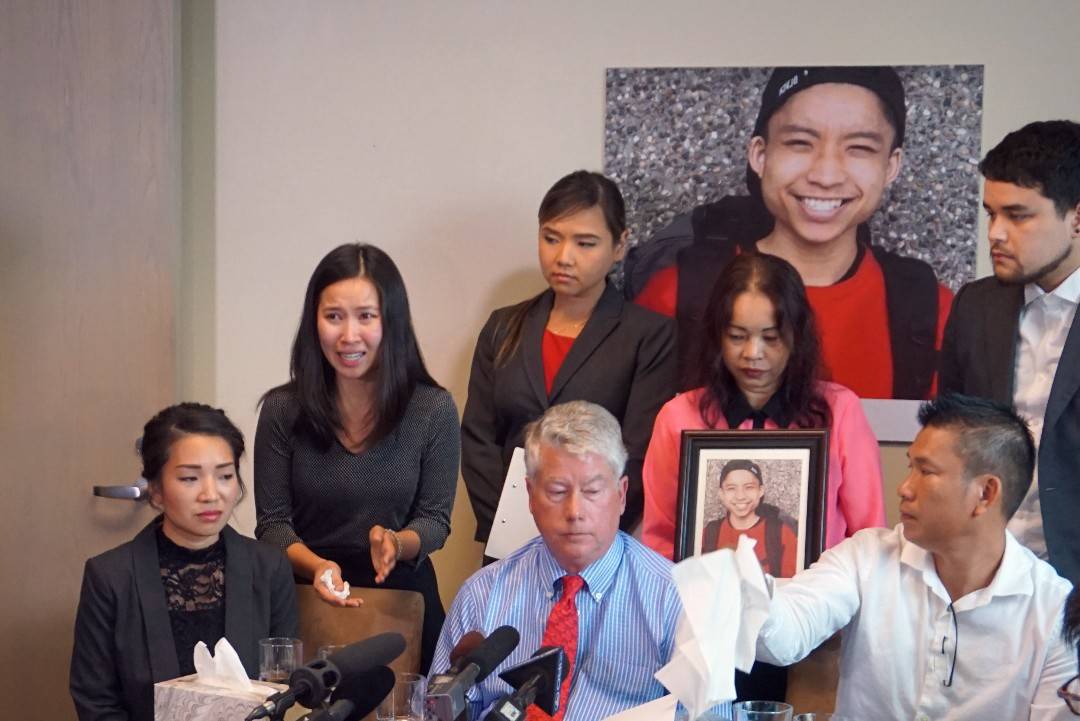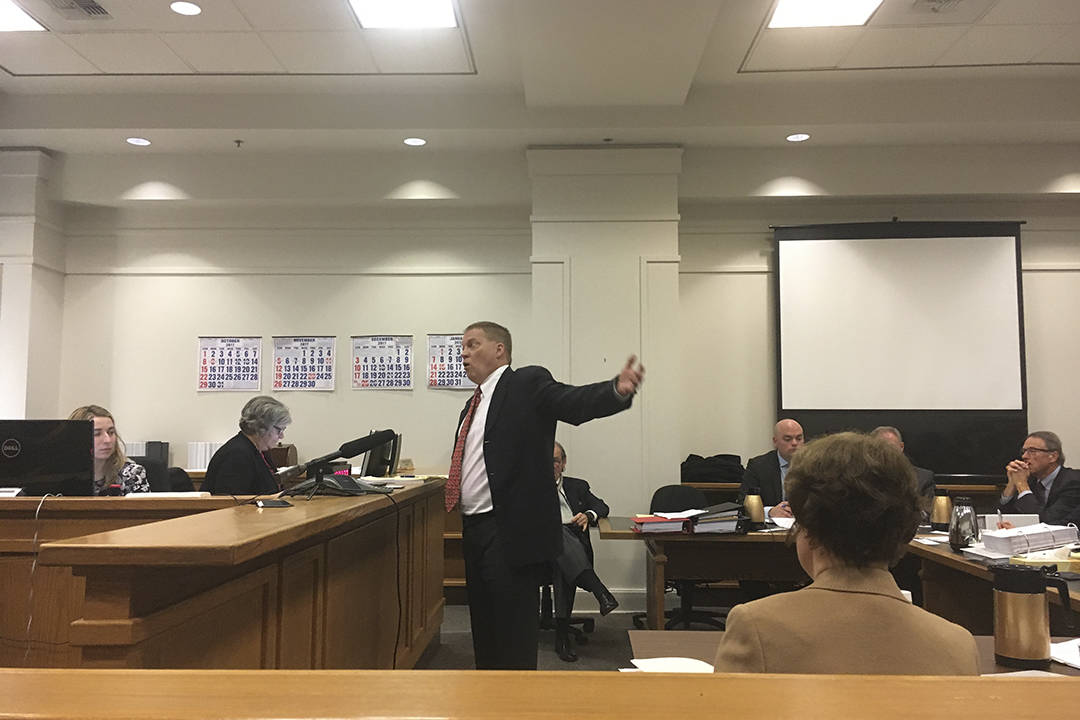On Monday, the New York Times published a crossword puzzle constructed by a man named Lonnie Burton.
As the preeminent editor of the Times’ crossword puzzle Will Shortz noted in an accompanying blog post about the puzzle, Burton marks a milestone: He’s the first incarcerated person to ever have his or her crossword published in the newspaper. Of particular interest to locals, Burton is locked up right here in Washington state, at the Stafford Creek Corrections Center outside Aberdeen.
Shortz notes that he believes in seconds chances, and so was happy to have an opportunity to publish Burton’s puzzle.
“I’m a strong believer in redemption and the capacity of people to change. No matter what Lonnie has done in the past, which landed him in prison, I admire him for what he’s doing now,” Shortz wrote on Monday. Shortz adds that he’s received puzzles from inmates before, but never any that were up to snuff.
Burton himself framed the puzzle as a sign of his attempt to better himself.
“I am in prison in Washington State and have been for 26 years. I did some pretty bad things in my youth, but now am dedicated to changing my life, seeking redemption and forgiveness and making amends for my actions,” Burton wrote. Elsewhere in the peice, Burton notes that he came up with the theme of his puzzle while teaching another inmate how to construct crosswords.
Shortz notes that the puzzle is especially impressive given that Burton did not have access to the internet.
However, neither Burton nor Shortz specified one fact of the story, that being what it was that landed Burton in prison in the first place: In the early 1990s, a judge sentenced Burton to 46 1/2 years in prison for the rape of a 15-year-old Federal Way boy in 1991. This omitted fact did not sit well with some readers, according to a piece by the Times’ public editor, published Tuesday.
“I very much doubt that if anyone associated with (or any of their family members) the NY Times was raped, and then that rapist submitted a piece to the NY Times, that the NY Times would ever even considered printing the item,” one reader wrote.
Many others expressed similar thoughts.
For Public Editor Liz Spayd’s part, she doesn’t think it was wrong for Shortz to published the puzzle, but says he should have been more forthright with Burton’s crime.
“An accompanying note by Shortz provided the opportunity for him, in a more personal way, to be upfront with readers; to explain why he felt, even in the face of such crimes, that Burton should get this small piece of satisfaction. I understand Shortz’ reflex to hold back such dark information given the levity of a puzzle, but not doing so may have made matters worse. It left some readers with the feeling of being tricked,” she wrote.
In addition to constructing puzzles—Burton has also published crosswords in the L.A. Times, Spayd writes—he also writes for Prison Legal News.








